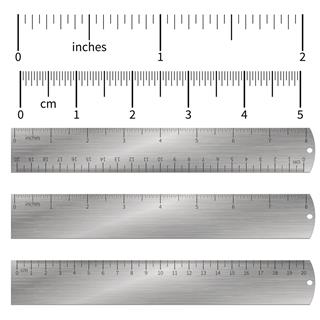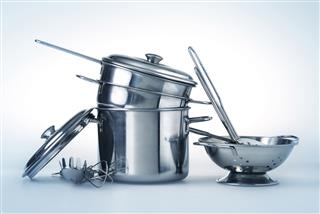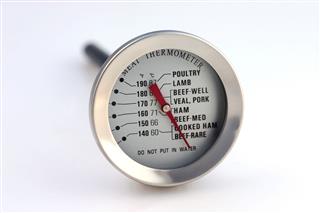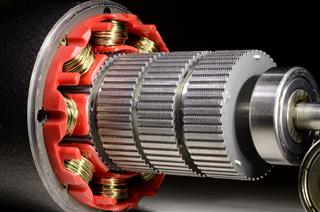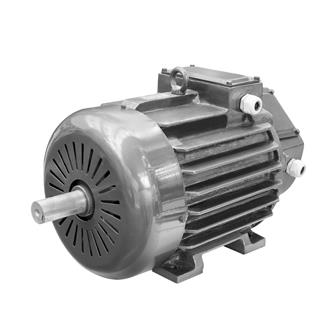
Steel, an alloy of carbon and iron, has many significant advantages in terms of durability and versatility. This article deals with the components of steel and its physical properties.
Steel is manufactured by mixing iron and carbon in a specific ratio, in which the percentage of carbon may range from 0.2 percent to 2.14 percent of the total weight. Other than carbon, the alloying materials used in manufacturing steel include chromium, manganese, vanadium and tungsten. Of these materials, carbon is the most cost-effective element. And any of the alloying elements help in altering the mechanical property of steel.
Steel differs from wrought iron and cast iron, only in the percentage of carbon content. Steel contains more iron than wrought iron and lesser iron than cast iron. It is because of this reason steel is considered to occupy a position between these two metals. However, the properties of steel, wrought iron and cast iron differ tremendously.
Steel: Physical Properties
- The physical properties of an alloy depend on the percentage composition of the constituent elements and the manufacturing process. The properties of steel are totally different from its component elements – iron and carbon. One of its major properties is the ability to cool down rapidly from an extremely hot temperature after being subjected to water or oil. And a particular amount of carbon can be dissolved in iron at a specific temperature.
- The physical properties of steel include high strength, low weight, durability, ductility and resistance to corrosion. Steel, as we all know, offers great strength though it is light in weight. In fact, the ratio of strength to weight for steel is the lowest than any other building material available to us. The term ductility means steel can be molded easily to form any desired shape.
- Unlike the constituent element iron, steel does not corrode easily, on being exposed to moisture and water. The dimensional stability of steel is a desired property; it is found that the dimension of steel remains unchanged even after many years, or after being subjected to extreme environmental conditions. Steel is a good conductor of electricity, i.e., electricity can pass through steel.
- Steel grades are classified by many standard organizations, based on the composition and the physical properties of the metal. The deciding factor for the grade of steel is basically its chemical composition and the supplied condition. The higher the carbon content, the harder and stronger is the steel metal. On the contrary, a high quality steel containing less carbon is more ductile.
- Earlier forms of steel consisted of more carbon, as compared to the present day steel. Today, the steel manufacturing process is such that less carbon is added and the metal is cooled down immediately, so as to retain the desirable physical properties. Rapid cooling (or quenching) of steel also alters the grain structure.
- There are other types of steel such as galvanized steel and stainless steel (corrosion-resistant steel). Galvanized steel is coated with zinc to protect it from corrosion, whereas stainless steel contains about 10 percent chromium in its composition.
The major advantage of steel is the ability to recycle it effectively, without destroying or losing any of its physical properties in the recycling process. Steel is very important in our day-to-day life; starting from cookware to scientific instruments like scalpel, steel is used in making several items. Steel is one of the most versatile and sustainable construction materials. Due to its cost-effectiveness and strength, it is used in engineering works and infrastructure developments such as roads, railways, bridges, buildings and stadiums. Indeed, the technological and economic progress gained momentum with the growth and development of steel industries, further promoting the industrial growth.
